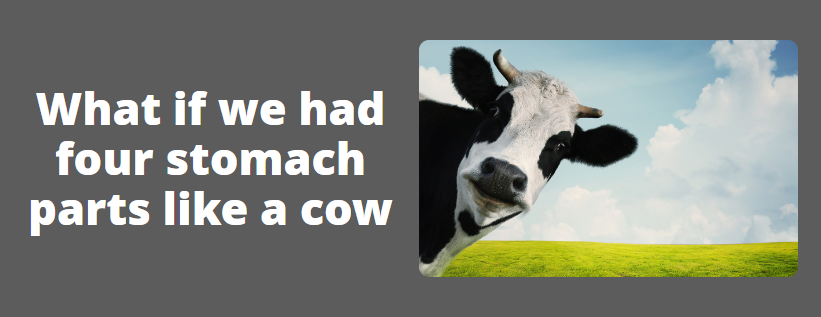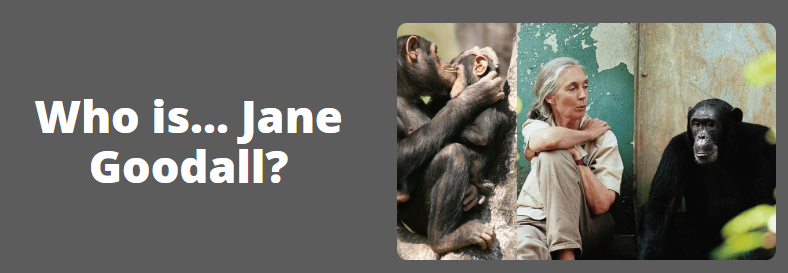Science
What if we had four stomach parts like a cow?

Background Science:
Cows are often said to have four stomachs. This is not quite correct, but they do have four large parts to their stomach. Other animals in the ruminant category, such as goats, sheep, giraffe and deer, also have multicompartment stomachs to help them digest their herbivorous diet.
Human stomachs consist of a sack with muscular walls that can churn and mix the wide variety of foods we eat. Acids and enzymes in our stomachs work to break down proteins so that they can be absorbed in the small intestine.
Cows only eat vegetation, including grasses which we humans would not be able to digest. How do they do it? When we see cows grazing, they are swallowing vegetation without chewing it much. The plant-based food goes through their oesophagus to the rumen – the first part of their four-part stomach. The rumen of a cow contains bacteria which can break down the fibre (cellulose) of the vegetation by fermentation. Cows are dependent on these micro-organisms to get the nutrients from their diet.
When a cow has filled its rumen, it may lie down and begin to ‘chew the cud'. The second part of a cow’s stomach (reticulum) allows cows to regurgitate their food and chew it and swallow it again. Chewing breaks down the vegetation so that nutrients can begin to be absorbed in the third part of the cow's stomach (omasum).
The final, fourth part of a cow’s stomach (abomasum) is the most similar to our stomach. It contains acid and enzymes which break down the food further before releasing it into the small intestine (where most of the nutrient absorption takes place). The complete digestive process can take between 1 and 3 days- just like a human.
Find out more:
https://www.bbc.co.uk/bitesize/topics/zv9qhyc/articles/zdrbwty
https://www.barnowltrust.org.uk/owl-facts-for-kids/owl-pellets/

What do you know about this scientist?
Can you deduce anything from the photographs?
Do you think she is alive today?
Is there anything in the photographs which gives you a clue about the type of science she is involved in?
Dr Jane Goodall spent her life studying chimpanzees. Which animal species would you enjoy studying?
Jane Goodall: Hero - Tribute to Dr. Goodall for her 80th birthday in 2014
This video highlights moments in Dr. Jane Goodall's life that define her as a hero of science and conservation. Produced in partnership with National Geographic Society.
Storytime with Dr. Jane: Reading of Me ... Jane by Patrick McDonnell
In his characteristic heartwarming style, Patrick McDonnell tells the story of the young Jane Goodall and her special childhood toy chimpanzee named Jubilee. As the young Jane observes the natural world around her with wonder, she dreams of "a life living with and helping all animals," until one day she finds that her dream has come true.

- How would polar bears and penguins live?
- How could you make a cool drink without ice?
- What would happen to all the snow in winter?
- What would happen to the sea levels?
Background science
Freezing is the term used to describe a liquid changing state into a solid when you cool it. It’s a reversible change, so if you apply heat to something frozen it will melt back into a liquid. Water usually freezes at 0°C, but its freezing point can drop below zero if it contains substances such as salt or alcohol. Seawater freezes at around -2°C, while antifreeze can stop the water in a car’s radiator from freezing even at -30°C!
Glacial ice (that is glaciers, ice caps, ice bergs and the sheets of ice that cover arctic regions) holds a vast amount of the world’s fresh water, while salt water is found in the seas and oceans.
Take it further
What are freezing and melting? - BBC Bitesize video, information and quiz.
The water cycle - National Geographic Kids explains how the Earth has been recycling water for over 4 billion years!
